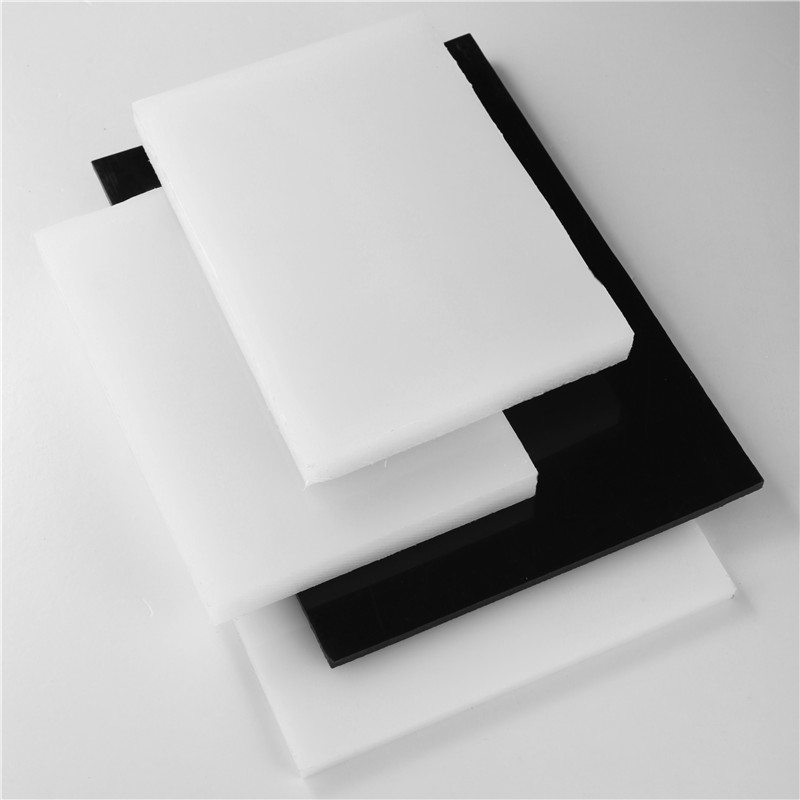szept . 09, 2024 07:11 Back to list
plastic welding rod
The Importance of Plastic Welding Rods in Modern Manufacturing
Plastic welding is a crucial process in the manufacturing and repair industries, allowing for the seamless joining of plastic materials. A key component of this process is the plastic welding rod, which serves as a filler material to bond two plastic pieces together effectively. As industries continue to evolve and prioritize efficiency and durability, the role of plastic welding rods has become increasingly significant.
Plastic welding rods are typically made from the same type of plastic as the materials being joined. This compatibility ensures that the weld is strong and can withstand the same stresses as the parent materials. Common types of plastic welding rods include polyethylene, polypropylene, and polyvinyl chloride (PVC), each suited for specific applications based on their properties. For instance, polyethylene rods are ideal for applications that require resistance to chemicals and moisture, while PVC rods are often used in plumbing repairs.
The manufacturing process of these rods is meticulous, often involving extrusion methods that produce consistent sizes and shapes. This uniformity is critical, as it ensures compatibility with various welding equipment. Moreover, the quality of the welding rod directly influences the final product's strength and durability. Therefore, manufacturers must adhere to stringent standards to produce high-quality rods that meet industry requirements.
plastic welding rod

In terms of applications, plastic welding rods are used across various sectors, including automotive, aerospace, and construction. In the automotive industry, they are employed to repair fuel tanks, body panels, and other plastic components. The aerospace sector uses plastic welding to create lightweight structures that meet stringent safety standards without compromising strength. In construction, plastic welding rods are vital for joining pipes, creating waterproof membranes, and repairing plastic sheeting.
The environmental aspect of plastic welding is also noteworthy. Recycling plastic waste into usable welding rods presents an eco-friendly solution to reduce landfill waste. Innovative companies are developing methods to create welding rods from recycled plastics, thus contributing to sustainability efforts while providing a cost-effective alternative to virgin materials. This not only minimizes environmental impact but also opens new avenues for businesses to promote their commitment to green practices.
Moreover, the advancement in welding technology has led to the development of various welding techniques, such as hot air welding, extrusion welding, and vibration welding. Each method has its advantages, and the choice often depends on the materials involved and the specific requirements of the project. With these advancements, the efficiency and quality of plastic welding continue to improve.
In conclusion, plastic welding rods play a vital role in the manufacturing and repair industries by providing a reliable means to join plastic materials. Their versatility, coupled with advancements in technology and sustainable practices, ensures that plastic welding will remain a fundamental process in various sectors. As the demand for durable and efficient solutions increases, the importance of high-quality plastic welding rods will only continue to grow.
-
Premium PVC Soft Sheets: Clear, Flexible & Durable
NewsAug.12,2025
-
Premium PVC Round Rods: Durable, Chemical Resistant, Easy to Machine
NewsAug.11,2025
-
PP U-channel: Chemical-Resistant, Lightweight & Durable
NewsAug.10,2025
-
Transparent PVC Pipe: Clear Flexible Tubing for Fluids
NewsAug.09,2025
-
Durable PP Rigid Sheet: Versatile & High-Quality Plastic Panels
NewsAug.08,2025
-
Premium Glossy PP Rigid Sheet – Durable & Versatile
NewsAug.07,2025

